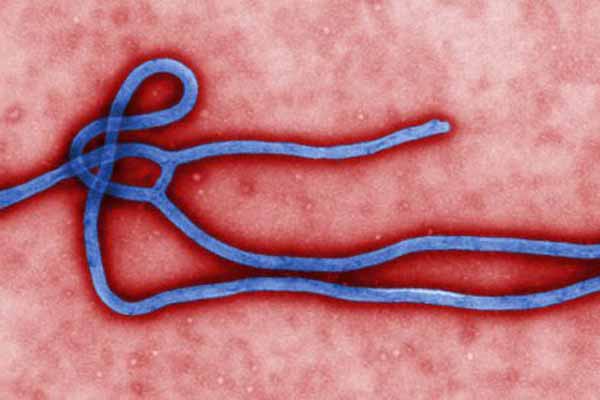
A recent outbreak of Ebola virus disease in Uganda has public health officials reminding Texas physicians to stay vigilant when treating patients with suspected cases.
The Centers for Disease Control and Prevention (CDC) released a health alert following an official declaration of an outbreak in Uganda, where, as of Oct. 6 a total of 44 confirmed cases, 10 confirmed deaths, and 20 probable deaths related to Ebola were reported. As of that date, zero suspected, probable, or confirmed Ebola cases had been reported in the U.S. or other countries outside of Uganda.
However, the Texas Department of State Health Services (DSHS) anticipates that Texas will be visited by some travelers from Uganda. If physicians and health care workers suspect Ebola among patients, state and federal public health officials remind them to:
- Obtain a detailed travel history and place patients in a private room while performing clinical evaluations, especially if they are from Uganda or visited affected areas three weeks before symptom onset;
- Follow recommended infection control practices when handling specimens; and
- Promptly contact their local or regional health department and follow comprehensive guides on Ebola risk management.
DSHS provides reporting guidance on its website. The agency also says Texas does provide presumptive testing for Sudan ebolavirus – the virus causing the current outbreak of Ebola; however, “this capability is currently only available at the DSHS laboratory in Austin.” If Ebola is suspected, physicians should contact their local or regional health department to obtain the necessary evaluation and approval to test.
CDC says it is planning to screen Ugandan travelers for Ebola, follow monitoring procedures, and share any pertinent information with the states. Public health agencies also say they are reviewing current guidance, which could prompt future updates.
Specifically, DSHS says it is updating state resources and tools that may be needed as part of this response, including those related to:
- Control order templates;
- Infection control and personal protective equipment guidance;
- Hospital triage checklists;
- Laboratory testing guidance; and
- Handling potential animal exposures.
Ebola is spread through direct contact with bodily fluids containing the virus, like blood, saliva, urine, feces, and other secretions, and through broken skin or mucus membranes. Once the virus has entered a person’s system, that person can exhibit symptoms such as headache, fever, fatigue, diarrhea, abdominal pain, vomiting, and unexplained bleeding or bruising.
A person with Ebola is not contagious until these symptoms appear, and because those symptoms may mimic other infectious diseases such as malaria, typhoid fever, and measles, they should be considered along a possible Ebola diagnosis, according to CDC.
Alisa Pierce
Reporter, Division of Communications and Marketing
(512) 370-1469